Full text
PDF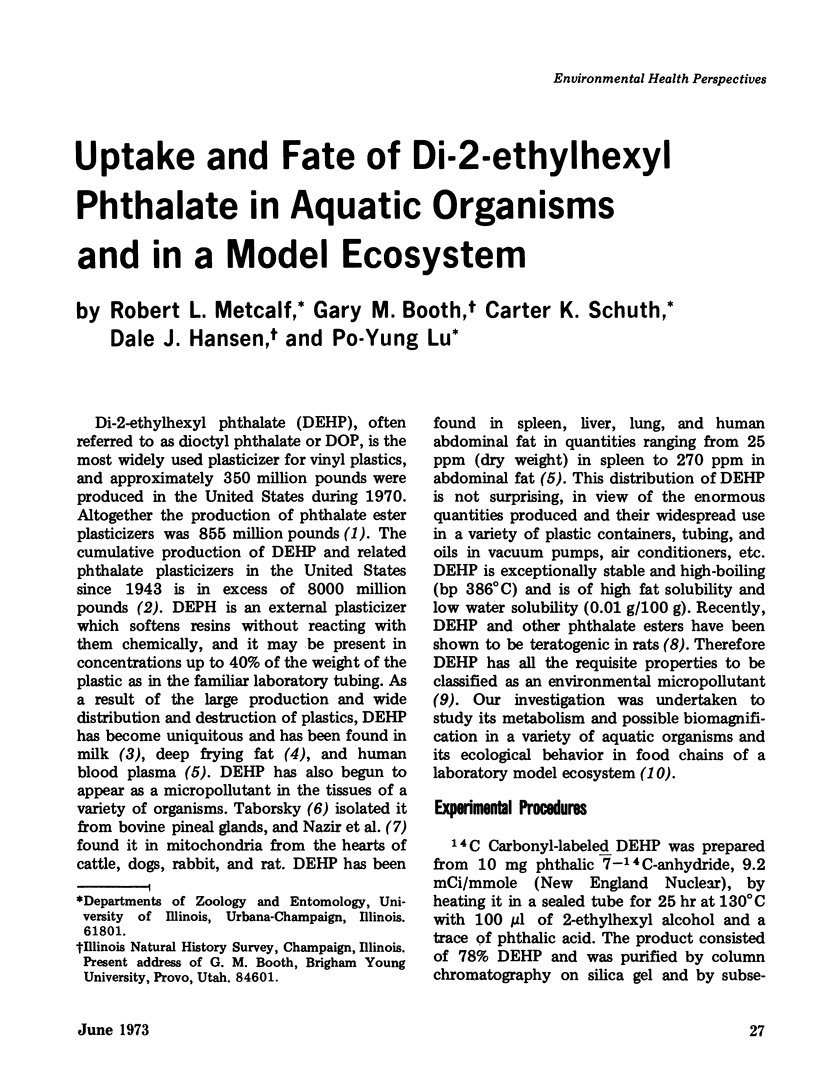
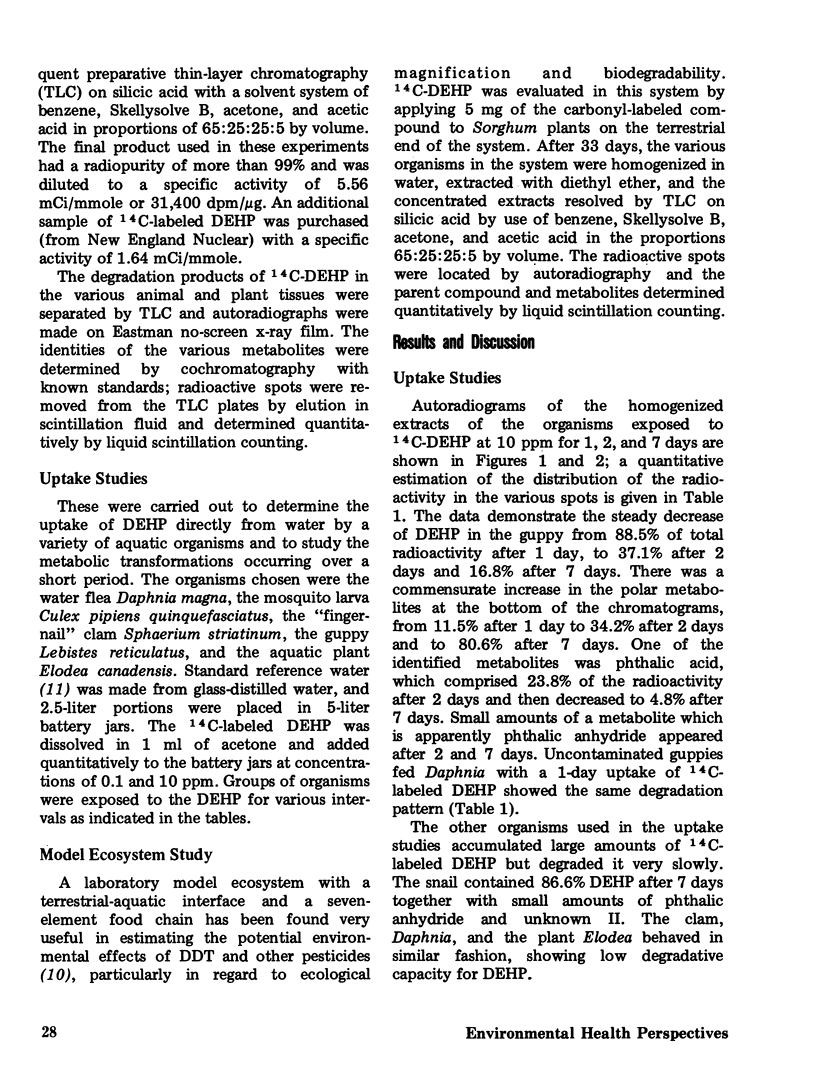
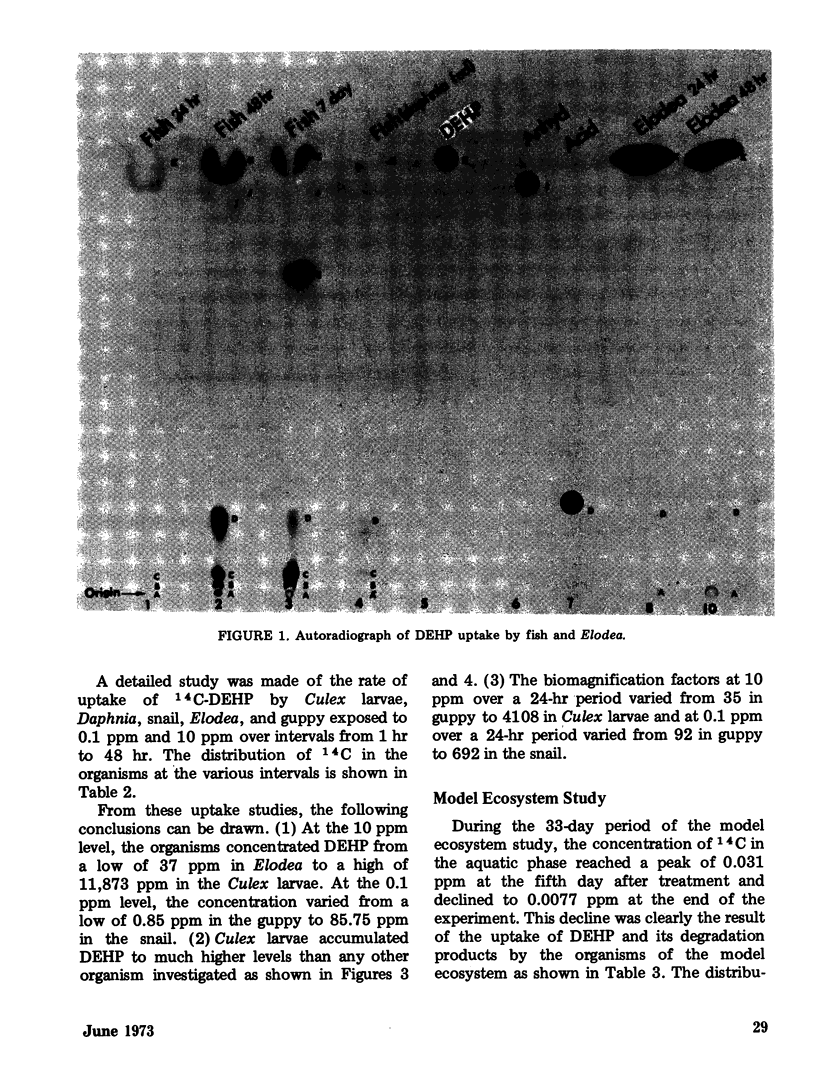
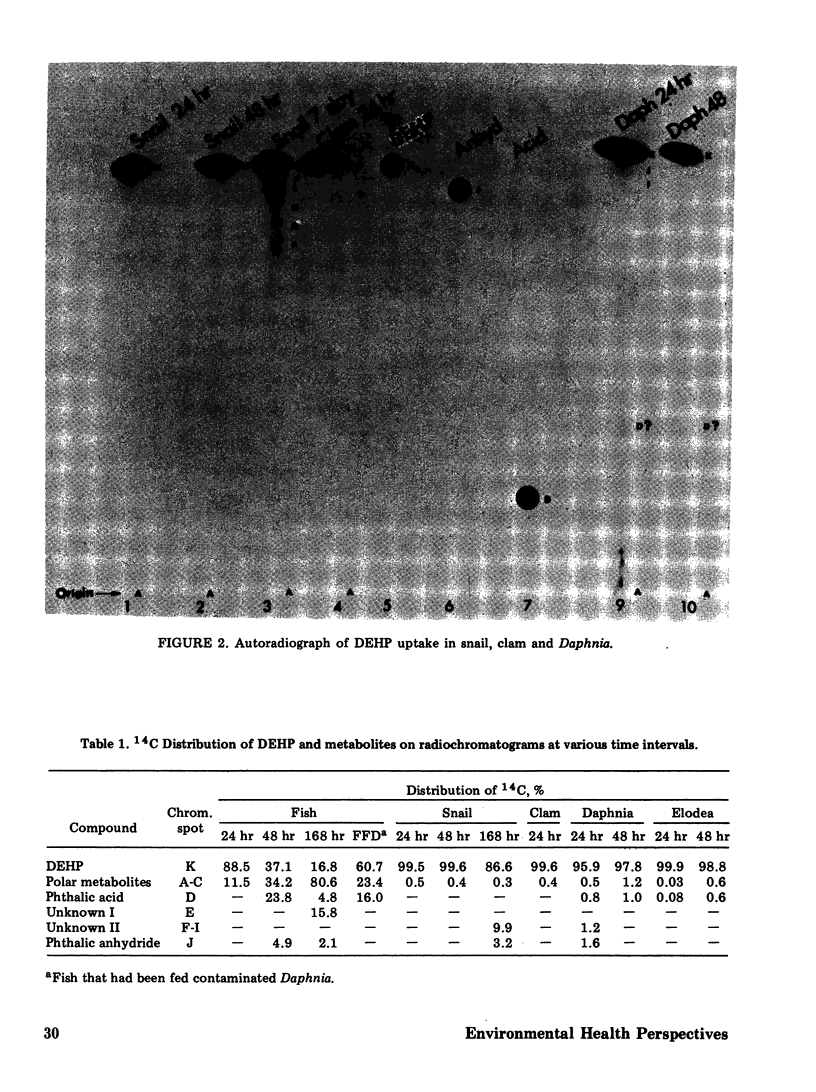
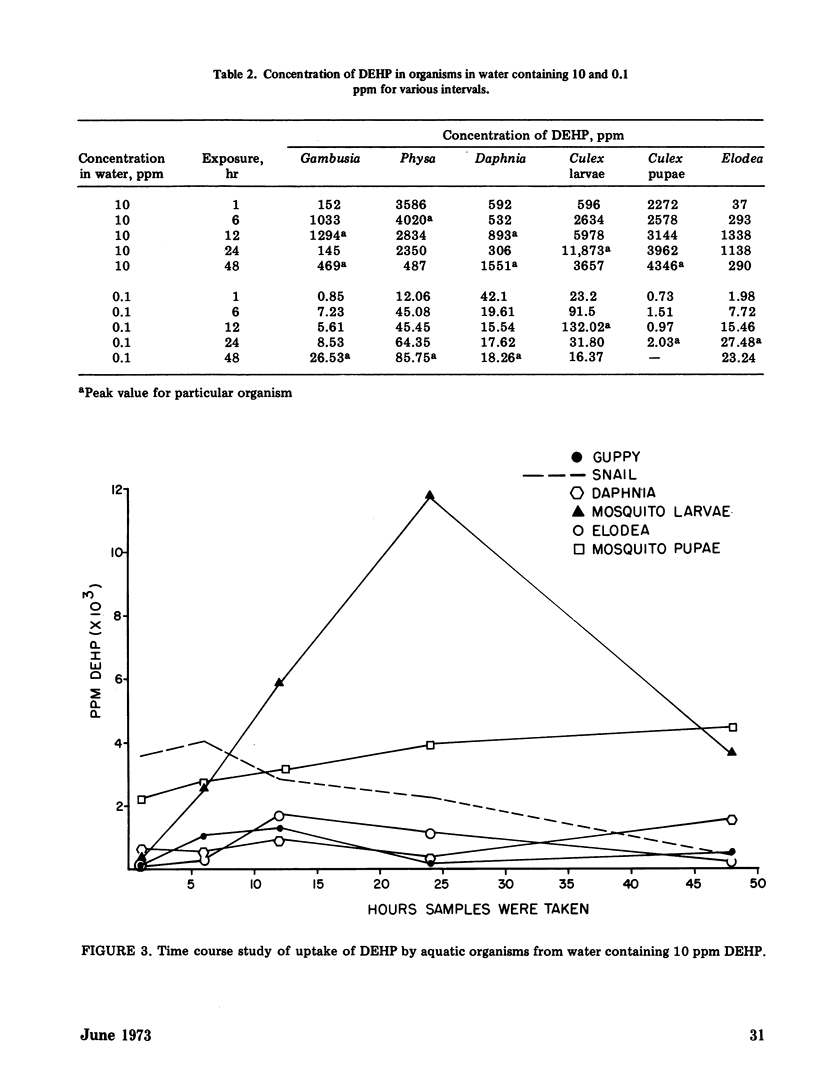
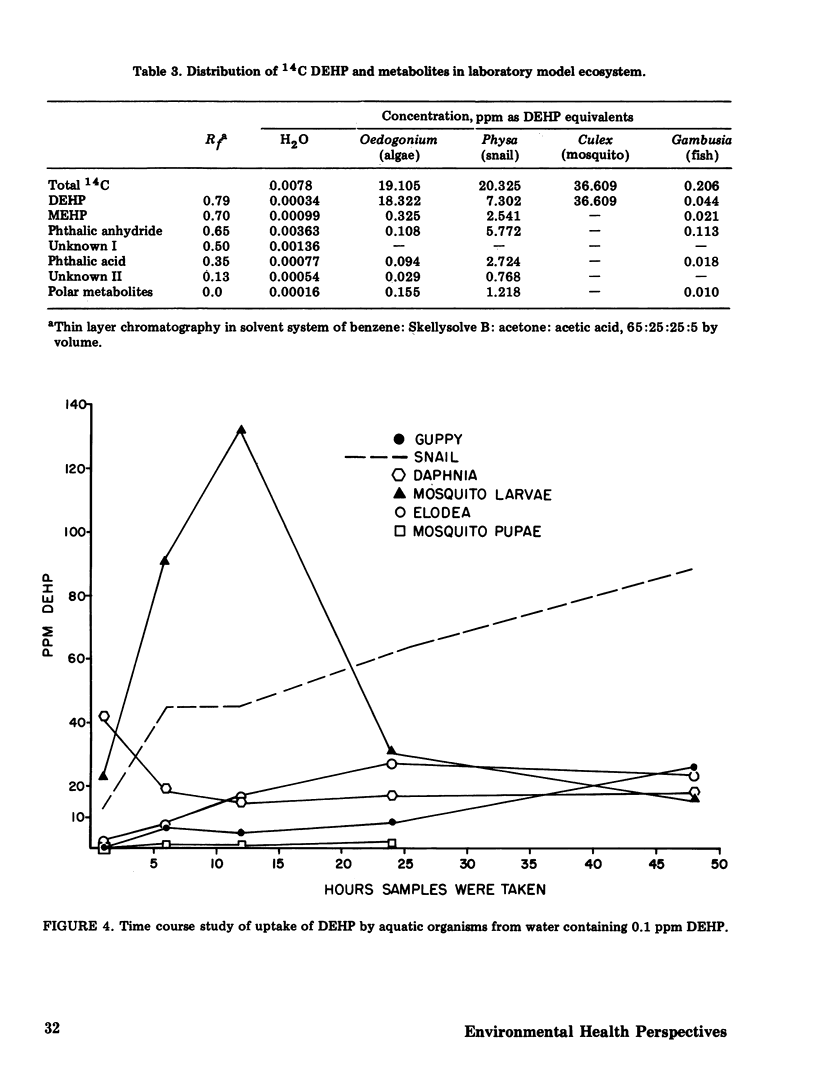
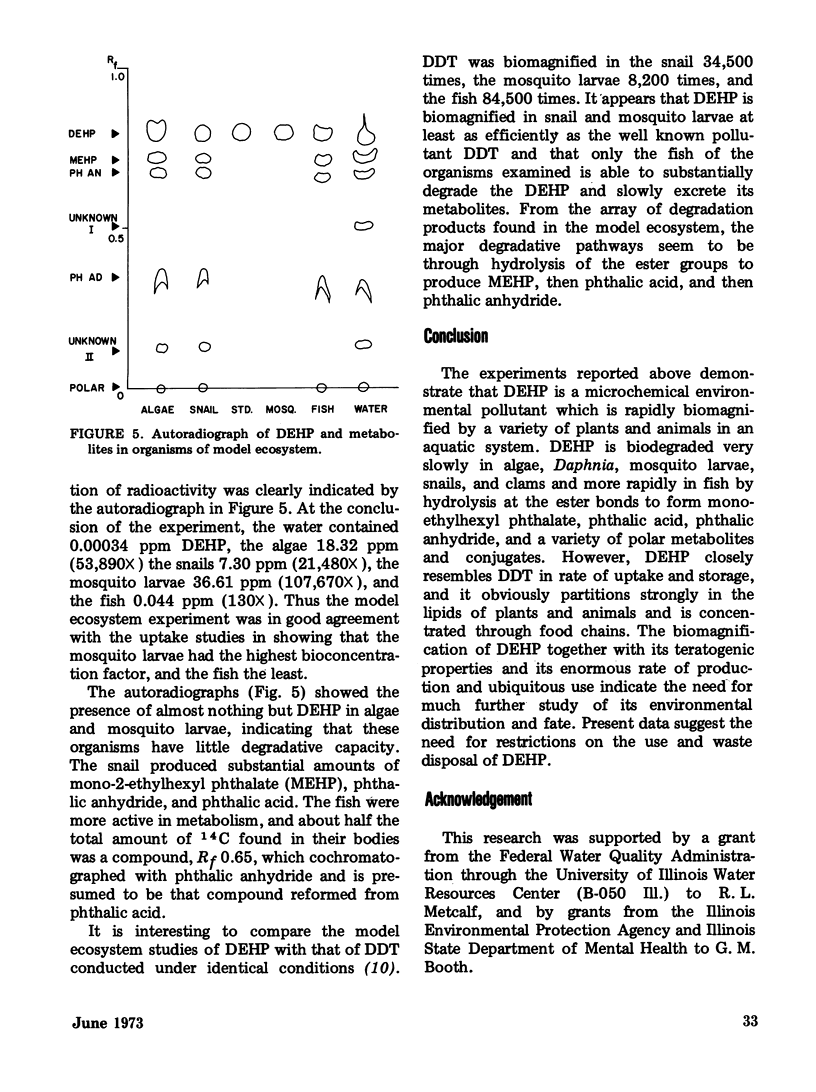
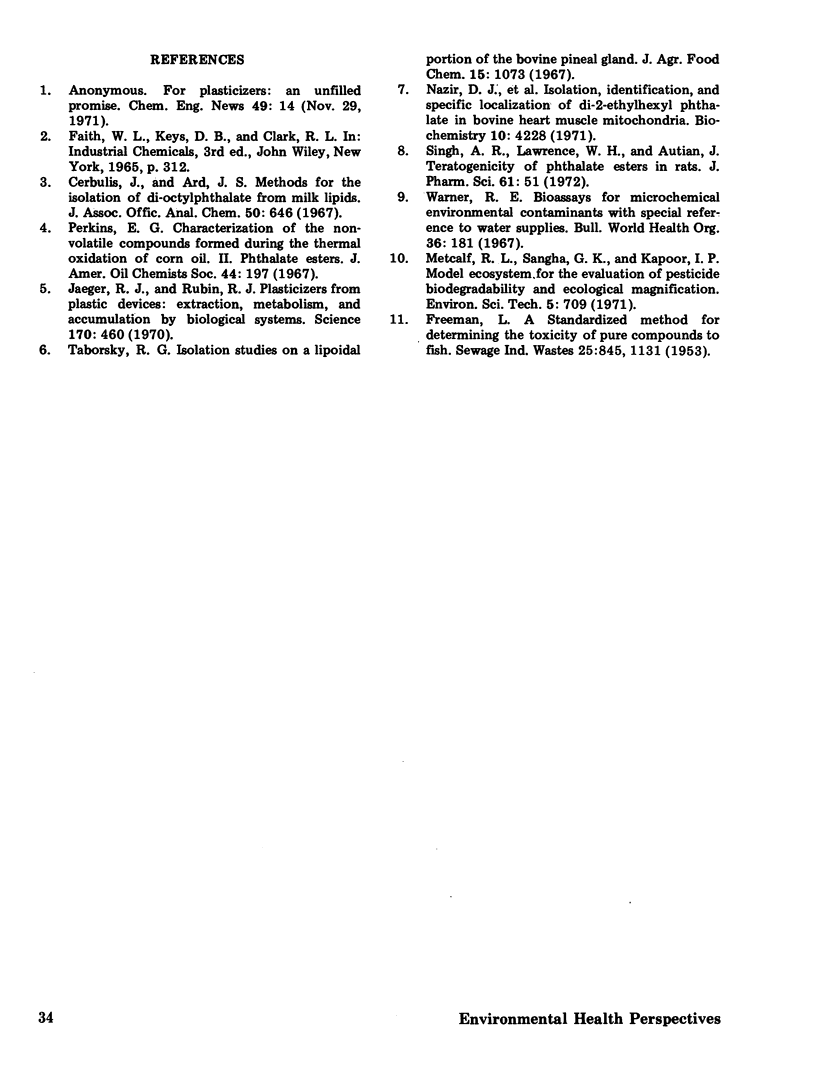
Images in this article
Selected References
These references are in PubMed. This may not be the complete list of references from this article.
- Jaeger R. J., Rubin R. J. Plasticizers from plastic devices extraction, metabolism, and accumulation by biological systems. Science. 1970 Oct 23;170(3956):460–462. doi: 10.1126/science.170.3956.460. [DOI] [PubMed] [Google Scholar]
- Nazir D. J., Alcaraz A. P., Bierl B. A., Beroza M., Nair P. P. Isolation, identification, and specific localization of di-2-ethylhexyl phthalate in bovine heart muscle mitochondria. Biochemistry. 1971 Nov;10(23):4228–4232. doi: 10.1021/bi00799a012. [DOI] [PubMed] [Google Scholar]
- Perkins E. G. Characterization of the nonvolatile compounds formed during the thermal oxidation of corn oil. II. Phthalate esters. J Am Oil Chem Soc. 1967 Mar;44(3):197–199. doi: 10.1007/BF02545265. [DOI] [PubMed] [Google Scholar]
- Singh A. R., Lawrence W. H., Autian J. Teratogenicity of phthalate esters in rats. J Pharm Sci. 1972 Jan;61(1):51–55. doi: 10.1002/jps.2600610107. [DOI] [PubMed] [Google Scholar]
- Warner R. E. Bio-assays for microchemical environmental contaminants, with special reference to water supplies. Bull World Health Organ. 1967;36(2):181–207. [PMC free article] [PubMed] [Google Scholar]




